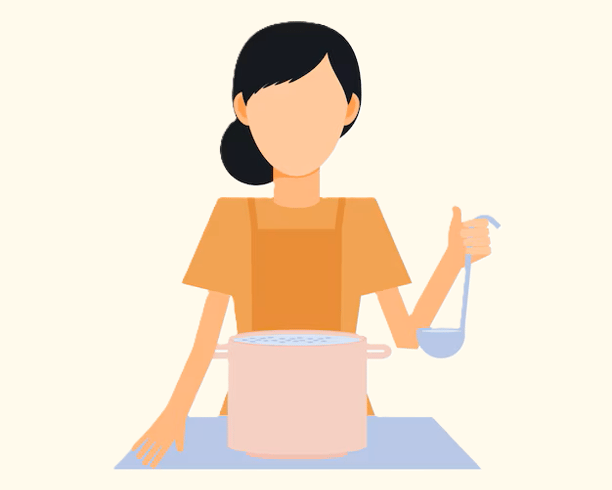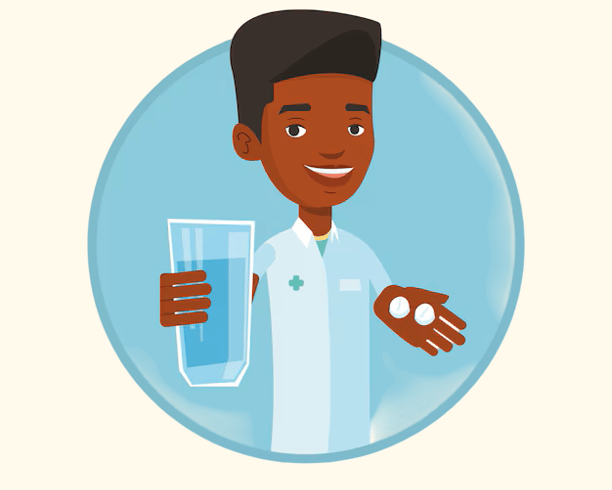Water Purification
Boil water, use purification tablets, or create DIY filters using sand, gravel, and charcoal. In survival situations, having access to clean drinking water is critical for staying healthy and hydrated. Contaminated water can lead to illnesses caused by bacteria, viruses, and parasites. Here’s a detailed explanation of three effective methods for purifying water: boiling, using purification tablets, and DIY filtration with natural materials.
KNOW BASIC SURVIVAL SKILLS
12/10/20243 min read
Water Purification
Boil water, use purification tablets, or create DIY filters using sand, gravel, and charcoal. In survival situations, having access to clean drinking water is critical for staying healthy and hydrated.
Contaminated water can lead to illnesses caused by bacteria, viruses, and parasites. Here’s a detailed explanation of three effective methods for purifying water: boiling, using purification tablets, and DIY filtration with natural materials.


1. Boiling Water
Why Boil Water?
Kills Pathogens: Boiling kills most bacteria, viruses, and parasites.
Reliable: Simple and effective, it requires no special equipment other than heat and a container.
Works on Cloudy Water: Can be used for water with visible particles, though pre-filtering is recommended.
Steps to Boil Water:
Gather the Water: Collect water from a stream, river, pond, or any available source.
Filter Out Debris:
Pour the water through a cloth, coffee filter, or bandana to remove large particles like dirt and leaves.
Boil the Water:
Bring the water to a rolling boil (where bubbles are vigorously rising to the surface).
Let it boil for at least 1 minute (or 3 minutes at higher altitudes above 6,500 feet or 2,000 meters).
Cool the Water:
Let the water cool naturally before drinking.
Store in a clean, covered container.
Pros:
Highly effective at killing pathogens.
No chemicals are required.
Cons:
Requires fuel, heat source, and time.
Doesn’t remove chemical contaminants or heavy metals.
2. Using Water Purification Tablets
Why Use Purification Tablets?
Convenient and Portable: Easy to carry in survival kits or backpacks.
Effective Against Pathogens: Kills most bacteria, viruses, and protozoa.
Quick and Simple: No heating or additional equipment is needed.
How to Use Purification Tablets:
Read Instructions: Different tablets (iodine, chlorine, or chlorine dioxide) have specific instructions.
Add Tablet to Water: Drop the recommended number of tablets into your water container.
Wait for Purification:
Usually takes between 30 minutes to 1 hour to purify, depending on the type of tablet and water temperature.
Shake and Stir: Mix thoroughly to distribute the chemicals evenly.
Check for Clarity: If the water is still cloudy, consider filtering it before drinking.
Pros:
Lightweight and easy to use.
Effective in killing most pathogens.
Cons:
Leaves a chemical taste (neutralizer tablets or adding flavour can help).
Not suitable for long-term use due to potential side effects of chemicals.
Doesn’t remove sediment or chemical pollutants.
3. DIY Filtration Using Sand, Gravel, and Charcoal
Why Use DIY Filtration?
Removes Particles and Impurities: Helps eliminate dirt, debris, and some contaminants.
Accessible Materials: Uses natural and readily available items.
Good Pre-Treatment Step: Useful before boiling or chemical purification.
Steps to Create a DIY Filter:
Materials Needed:
Container (plastic bottle, bucket, or similar)
Sand (fine and clean)
Gravel (small stones)
Activated Charcoal (from burned wood or store-bought charcoal)
Cloth or Coffee Filter (for the base)
Build the Filter:
Step 1: Cut the bottom off a plastic bottle or use a funnel.
Step 2: Place a piece of cloth or coffee filter at the bottom to hold the materials.
Step 3: Add a layer of charcoal (about 2 inches) to absorb chemicals and impurities.
Step 4: Add a layer of sand (about 2 inches) to trap fine particles.
Step 5: Add a layer of gravel (about 2 inches) to block larger debris.
Filter the Water:
Pour water slowly through the top of the filter. Collect the filtered water in a clean container.
Repeat the Process if the water is still cloudy.
Additional Purification:
After filtering, boil the water or use purification tablets for full disinfection.
Pros:
Uses easy-to-find materials.
Removes sediment and some contaminants.
It can be reused if materials are cleaned and maintained.
Cons:
It does not remove viruses or all bacteria (additional purification is necessary).
It takes time to construct and use effectively.
Combining these methods ensures the highest water safety:
Filter first to remove debris (DIY filtration).
Purify with boiling or tablets to eliminate pathogens.
This multi-step approach helps you secure clean drinking water in survival situations.



